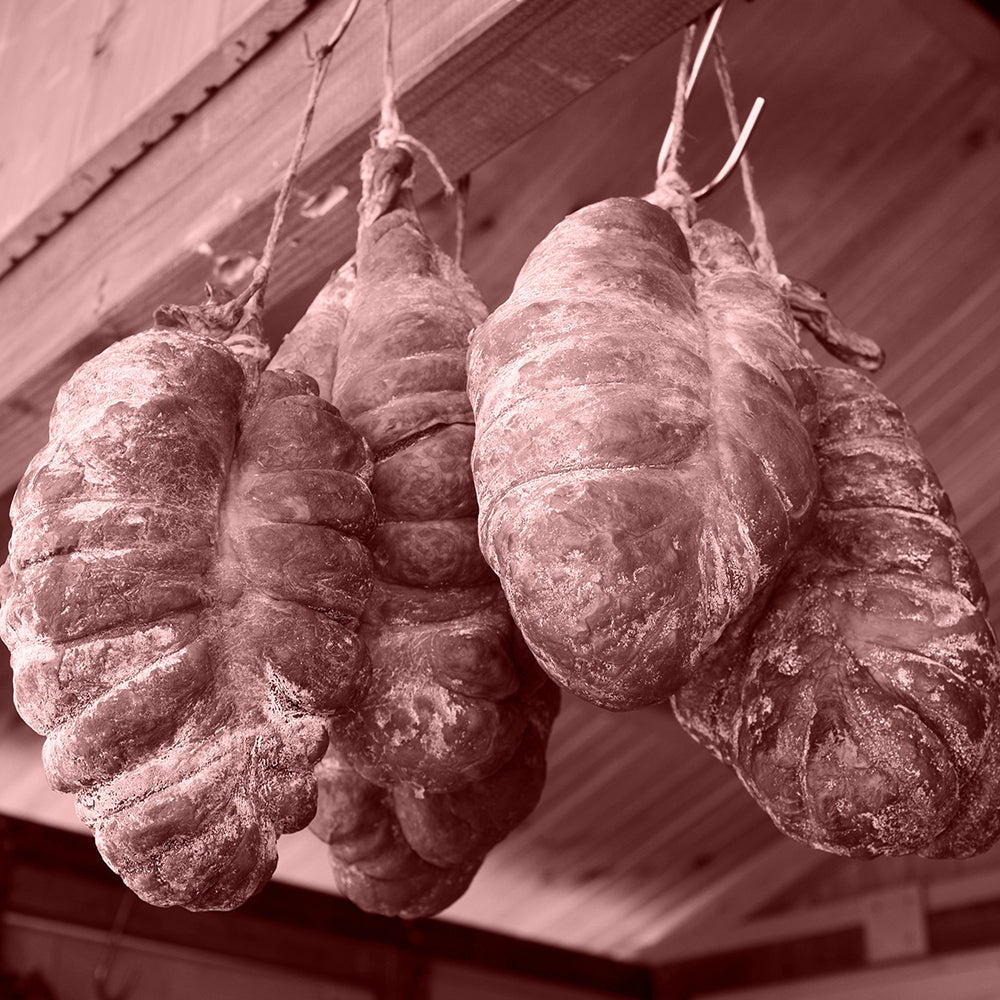
Croatian Culture/Traditional Foods: Here is What You Need to Know
Share
Croatia is a small country in the Balkans known for its fantastic food and culture. The unique Croatian cuisine gives you a different experience you won't find when trying other cuisines in Europe.
The influences in Croatian food culture are primarily due to the availability of fresh ingredients. Besides the food, the Croatian culture is also worth your attention. So, if you want to know about Croatian culture and its traditional food offerings, you have come to the right place.
We'll discuss the Croatian people's traditions and how they influence their food. Let's get right into it.
Things You Need to Know About The Croatian Culture
Croatia, which is in Southern Europe, has a population of around four million. Croatians place a high value on their culture. Let's discuss some distinctive features of Croatian culture.
Soccer is Life
The one thing that Croats love is soccer. While it was a surprise for many soccer fans when the Croatian team reached the finals of the FIFA World Cup in 2018, it was a moment of complete joy and happiness for the Croats. The entire country is passionate about the game, from Osijek down to Dubrovnik.
Though the team ended up as the runners-up, the entire country stood behind them. It was a moment that many Croats might not forget for a long time. Also, their fantastic performance in the last world cup makes them an ideal contender for the FIFA world cup this year.
Independence Matters the Most
Croatia's independence resulted from the Croats' feistiness and aggressiveness over the centuries. The country was a part of the Habsburg Empire for centuries. However, they continued to demand independence, leading to frequent protests and riots.
The Croats continued demanding a separate nation after Yugoslavia was founded in the 1920s rather than becoming a part of the new state. Their efforts yielded results in June 1991, when Croatia officially declared independence from Yugoslavia. Gaining independence is very important for Croats, who consider it an integral part of their culture.
Red-and-white Checkered
The one thing that you'll find everywhere in Croatia is the red and white check pattern. Whether it is their national flag or the jerseys of their soccer team, you'll notice that the checkered design remains constant. You'll not find anything more Croatian than what the Croats say is šahovnica (chessboard).
The check symbol has been around in Croatian culture for quite some time. Many believe that the symbol dates back to the 10th century.
Family Over Everything
Croats put their family above everything else and place particular emphasis on family relations. It acts as a social center of life throughout the nation. One unique thing about Croatian families is that children prefer to live with their parents until they are married.
It might be unusual in Western culture, but Croats highly value it. This tradition has been going on for generations and generations and is an essential element of Croatian culture.

Things You Need to Know About The Croatian Food
Besides its culture, Croatia has a rich culinary tradition. Its cuisine is influenced by neighboring countries, such as Romans, Hungary, etc. Even the Ottoman Empire in the past had some influence over the country's cuisine.
Different Food Regions of Croatia
The Croatian territory is quite diverse in terms of land. From the extensive plains of Slavonia in the northeast to the coastal areas, each region has its food with unique tastes. The local specialties of each region are an essential part of Croatian cuisine. Let's explore more about them.
Zagreb and Northwestern Croatia
The Zagreb and Northwestern Croatia region usually have a lot of barley bread. You'll also find dishes that contain pasta, various dairy items, and fresh salads. Since this region experiences much colder weather in the winter, you'll find food that helps you stay warm. Here are some of the popular dishes in the region:
- Gibanica (yeast cake with cheese)
- Pecenje (spit-roasted pork or lamb)
- Sarma (cabbage leaves filled with ground meat and rice).
- Strukli (cheese pastry)
- Turkey with mlinci
- Zagrebacki odrezak (veal schnitzel stuffed with cheese and ham)

Slavonia
The region of Slavonia is known for its fertile plains, so the items you'll find in local cuisine are beans, dairy items, white bread, and fat meat. Also, this area's spicy food strongly influences Hungarian and Central European cuisine. Some famous dishes of the region include:
- Cobanac (spicy stew with meat)
- Kulen (spicy sausage)
- Riblji Paprikas (fish stew with paprika).
Istria and Kvarner
If you are a fan of Italian food, then the local of the Istria and Kvarner region is an optimal choice for you. It contains a mixture of inland and coastal cuisine, which means that you'll find a variety of seafood. Some popular dishes of this region include:
- Fuzi with truffles
- Krostule (fried dough strips with lemon and grape brandy)
- Manestra (bean soup)
- Slozenac (fish stew)
- Surlice (pasta with seafood)
Dalmatia
Seafood and vegetables are the most consumed foods in Dalmatia. The cuisine of Dalmatia is renowned for its use of Mediterranean herbs, such as sage, bay leaf, rosemary, basil, and olives, which give their meals an extra-special flavor. In addition to cooking various fish and mollusk dishes, the Dalmatian people also enjoy eating meat. However, they prefer lamb, veal, and chicken over pork. Some famous dishes of the region include:
- Black Risotto
- Brudet (fish and seafood stew)
- Gregada (fish and potato stew)
- Pasticada (beef cooked in wine)
- Soparnik (flat vegetarian pie)
Bottom-Line
Croatian food has marks of all the cultures that have played some role in their culture. Traveling through Croatia will allow you to experience different traditions and cultures. And there is plenty more that you can discover when exploring this beautiful country.

